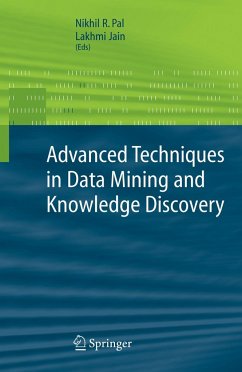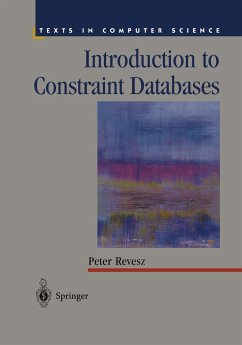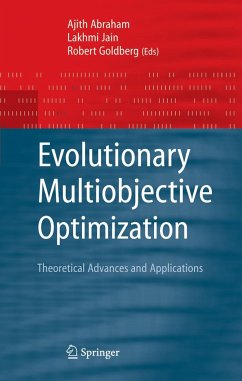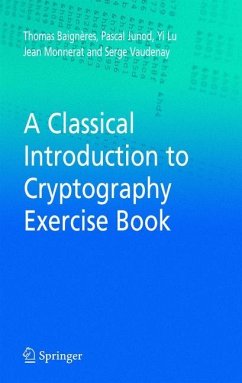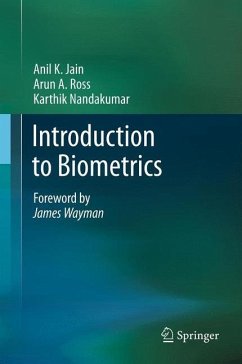
An Introduction to Data Structures and Algorithms
Versandkostenfrei!
Versandfertig in über 4 Wochen
52,99 €
inkl. MwSt.

PAYBACK Punkte
26 °P sammeln!
Data structures and algorithms are presented at the college levelin a highly accessible format that presents material with one-pagedisplays in a way that will appeal to both teachers and students. Thethirteen chapters cover: Models of Computation, Lists, Induction andRecursion, Trees, Algorithm Design, Hashing, Heaps, Balanced Trees,Sets Over a Small Universe, Graphs, Strings, Discrete FourierTransform, Parallel Computation.Key features: Complicated concepts are expressed clearly in asingle page with minimal notation and without the "clutter" of thesyntax of a particular programming language; ...
Data structures and algorithms are presented at the college levelin a highly accessible format that presents material with one-pagedisplays in a way that will appeal to both teachers and students. Thethirteen chapters cover: Models of Computation, Lists, Induction andRecursion, Trees, Algorithm Design, Hashing, Heaps, Balanced Trees,Sets Over a Small Universe, Graphs, Strings, Discrete FourierTransform, Parallel Computation.Key features: Complicated concepts are expressed clearly in asingle page with minimal notation and without the "clutter" of thesyntax of a particular programming language; algorithms are presentedwith self-explanatory "pseudo-code." _ Chapters 1-4 focus onelementary concepts, the exposition unfolding at a slower pace. Sampleexercises with solutions are provided. Sections that may be skippedfor an introductory course are starred. Requires only some basicmathematics background and some computer programming experience. _Chapters 5-13 progress at a faster pace. The material is suitable forundergraduates or first-year graduates who need only review Chapters 1-4. _ This book may be used for a one-semester introductory course(based on Chapters 1-4 and portions of the chapters on algorithmdesign, hashing, and graph algorithms) and for a one-semester advancedcourse that starts at Chapter 5. A year-long course may be based onthe entire book. _ Sorting, often perceived as rather technical, isnot treated as a separate chapter, but is used in many examples(including bubble sort, merge sort, tree sort, heap sort, quick sort,and several parallel algorithms). Also, lower bounds on sorting bycomparisons are included with the presentation of heaps in the contextof lower bounds for comparison-based structures. _ Chapter 13 onparallel models of computation is something of a mini-book itself, anda good way to end a course. Although it is not clear what parallel





